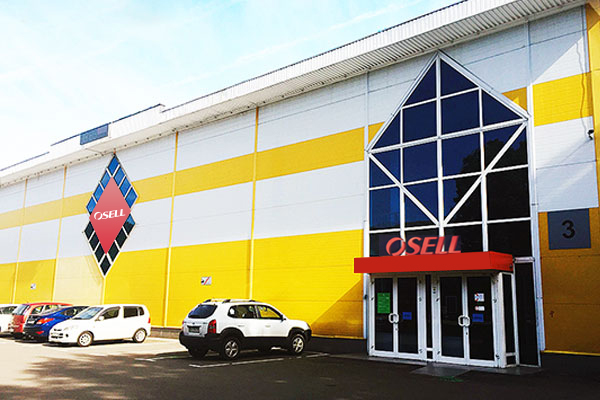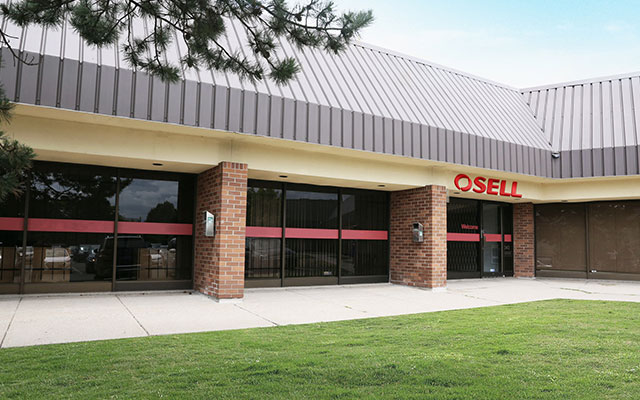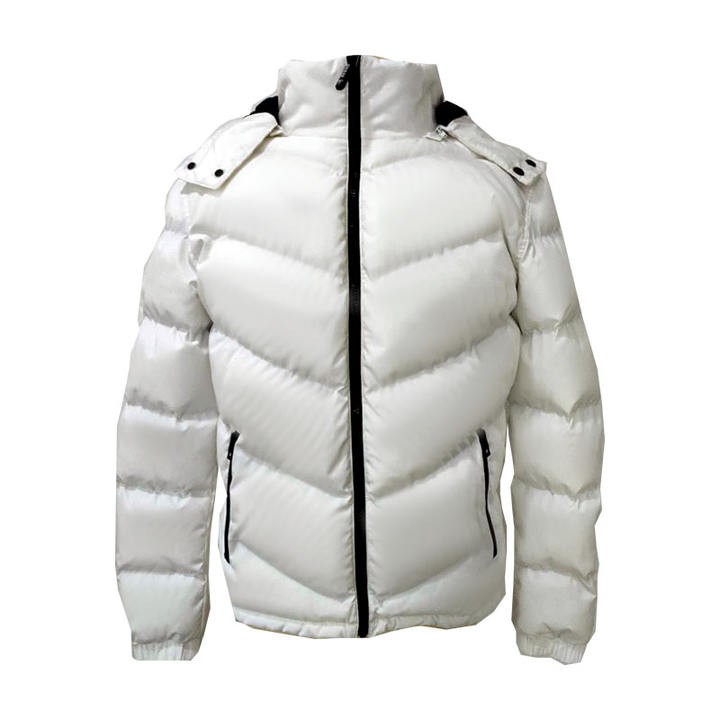Fly ash is a kind of mixed material like volcanic ash formed after high temperature combustion of pulverized coal. It is the power plant that burns coal to grind the coal into pulverized coal of less than 100 microns, and then spray it into the furnace with preheated air into a suspended state for combustion, resulting in high temperature flue gas mixed with a large number of non-combustible substances. Fly ash is obtained by collecting dust device. The chemical composition of fly ash is similar to that of clay. The main components are silica, aluminum oxide, ferric oxide, calcium oxide and unburned carbon. Fly ash is mainly used to produce fly ash cement, fly ash brick, fly ash silicate block, fly ash aerated concrete and other building materials, but also can be used as agricultural fertilizer and soil amendments, recycling industrial raw materials and as environmental materials. Application of fly ash in cement industry and concrete engineering: fly ash instead of clay raw material to produce cement, by Portland cement clinker and fly ash to add appropriate amount of gypsum grinding made of hydrohard cementing material, cement industry using fly ash ingredients can use the unburned carbon; Fly ash as cement mixing material; Fly ash produces low temperature synthetic cement. The principle of production is that the compound material is first cured by steam to generate hydrate, and then the cement mineral is formed by dehydration and low temperature solid reaction. Fly ash is produced without clinker cement, including lime fly ash cement and pure fly ash cement, lime fly ash cement is the dry fly ash mixed with 10%-30% of quicklime or slaked lime and a small amount of gypsum mixed powder, or respectively after grinding and mixing evenly made of hydraulic cementitious materials; Fly ash is used as an additive for mortar or concrete, and fly ash is added to concrete to replace part of cement or fine aggregate, which can not only reduce the cost, And can improve the workability of concrete, improve impervious to water, gas, anti sulfate performance and chemical erosion performance, reduce the heat of hydration, improve the high temperature resistance of concrete, reduce particle separation and water phenomenon, reduce the concrete shrinkage and cracking and inhibit stray current corrosion of steel in concrete. The application of the fly ash in building products: steamed fly ash brick, with power plant fly ash and lime or other alkaline exciting agent as the main raw material, also can be mixed with the right amount of gypsum, and adding a certain amount of coal cinder or water quenching slag aggregates, such as processed, stirring, digestion, grinding wheel, after pressing forming, atmospheric or high pressure steam curing and formed a kind of wall materials; Sintered fly ash brick, with fly ash, clay and other industrial wastes as raw materials, through raw material processing, mixing, molding, drying, fired into bricks; Autoclaved production of foam fly ash insulation brick, fly ash as the main raw material, adding a certain amount of lime and foam agent, after batching, mixing, sintering molding and autoclaved into a new type of insulation brick; Fly ash silicate block is a wall material made of fly ash, lime and gypsum as cementing materials, coal cinder and blast furnace slag as aggregate, mixed with water, formed by vibration and steam curing. Fly ash aerated concrete, fly ash as raw material, adding the right amount of quicklime, cement, gypsum and aluminum powder, mixing with water, slurry, injection mold steaming from a kind of porous lightweight building materials; Powdered coal ash ceramsite, fly ash as the main raw material, mixed with a small amount of binder and solid fuel, after mixing, into balls, high temperature cultivation and firing system of a kind of artificial lightweight aggregate; Fly ash light heat insulation brick, is made of fly ash, burning stone, soft soil and wood chips for batching, with high thermal insulation efficiency, refractoriness, small thermal conductivity, can reduce the furnace wall thickness, shorten the burning time, reduce fuel consumption, improve thermal efficiency, reduce costs. Fly ash as agricultural fertilizer and soil conditioner: fly ash has good physical and chemical properties, can be widely used in heavy clay, raw soil, acidic soil and saline soils, make up for the defect of their acid thin plate, the fly ash contains a large amount of citrate acid soluble silicon calcium magnesium phosphate crops such as the necessary nutrition elements, it can make agricultural fertilizer use. Recovering industrial raw materials: Recovering coal resources, using flotation method to add flotation agents in the ash water containing coal fly ash, and then using air flotation technology, so that the coal particles adhere to the bubble floating and ash separation; Recycling metal substances fly ash contains Fe2O3, Al2O3, and a lot of rare metals; Separation hollow beads, hollow beads have small quality, high strength, high temperature resistance and good insulation, can be used for plastic ideal filler, used for light refractory materials and efficient insulation materials, used in the petrochemical industry, used in the field of military, tank brake. Make environmental protection material: using fly ash to make molecular sieve, flocculant and adsorption materials and other environmental protection materials; Fly ash can also be used for fluoride wastewater treatment examples, electroplating waste water containing heavy metal wastewater and oily wastewater, the fly ash contained of Al2O3, CaO, such as active component, with production of fluoride complexes or have flocculation of colloid on fluorine ion, also contains zeolites, mullite, granular and silica gel, etc., with inorganic ion exchange and adsorption bleaching features.
Lingshou Jinuo Minerals Trading Co. , Ltd.
- Phone: +86 0311-82562147
- Business Type: Manufacturer
- Location: China
- Main Products: Quartz sand, MICA, vermiculite, Kaolin, fluorite
- Total Employees:Less than 100 people
- Year Established:2015
- Export Markets:Domestic Market,North America,South America,Asia,Europe,Africa,Oceania
- Total Annual Revenue:
















